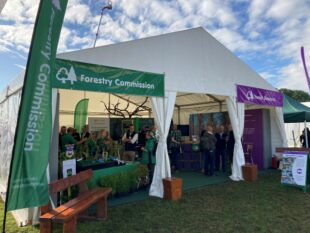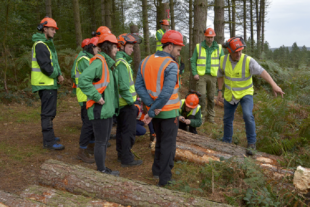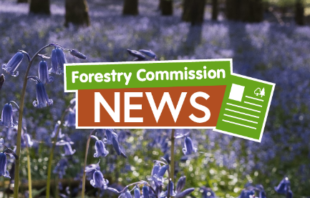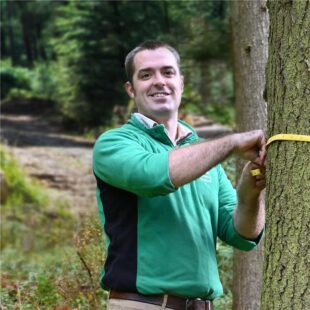 Chris Watson, Woodland Resilience Advisor at the Forestry Commission, explains some of the wood products you can get from your woodland, and how you can start to harvest timber and sell this valuable, natural resource.
Chris Watson, Woodland Resilience Advisor at the Forestry Commission, explains some of the wood products you can get from your woodland, and how you can start to harvest timber and sell this valuable, natural resource.
One of the most rewarding aspects of owning and managing a woodland can be the harvesting of trees to produce timber and wood products. Harvesting trees, when underpinned by a sound management plan, can help to improve your woodland’s structure, resilience and provide a useful source of income.
Harvested timber can create a wide variety of products, from construction timber and furniture, to fence posts and firewood. These renewable, low carbon materials not only support the local economy but also help to preserve rural skills and support wider landscape management.
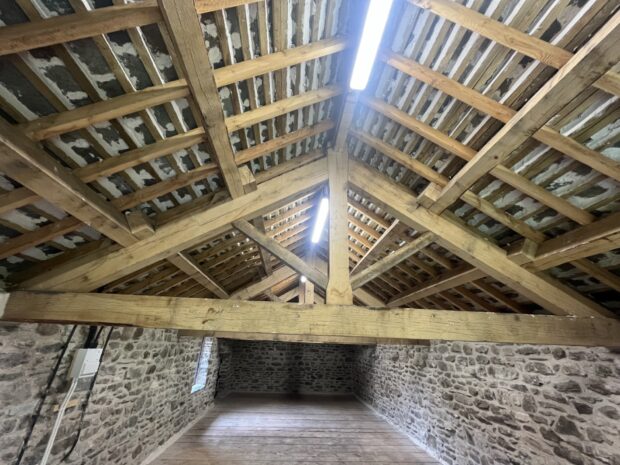
Turning trees into timber
In the UK we have a strong wood processing sector developed for a range of tree species grown here. This means that every part of a tree can be used and there is no need for waste. The skill of harvesting and marketing timber and wood products is to ensure that the most valuable use is found for each part of the tree.
When a tree is felled for timber, it gets converted into different products. Each product is made based on the best use of the tree and its unique qualities, for instance cricket bats made from willow. To the untrained eye, these ‘products’ are simply logs of different lengths and sizes. However, each of these lengths can be cut according to the specific requirements of the processor, who will turn these logs into wood products we would all recognise, such as fence panels, beams and pallets.
Typically, these products are removed from your woodland on timber lorries to a sawmill or processing yard. For coppice products or smaller scale operations, where only a small number of trees are being harvested, the processing of trees into end products like planks, fencing stakes, hedging stakes and binders may take place in your woodland itself.
Wood products produced from the trunk of a tree
The most valuable part of the tree is the main trunk. The best tree trunks are long, straight, cylindrical and clear of branches or holes. This part of the tree is easy to process and can be turned into sawn products like construction timber, boards and planks for furniture. We call these products ‘sawlogs’ and these usually attain the best prices.
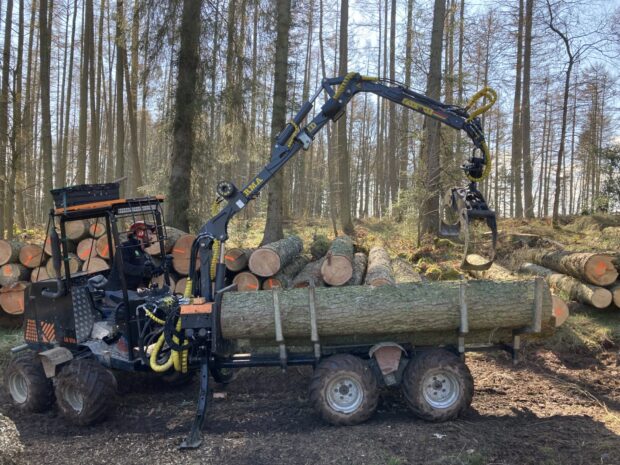
Harvesting wood towards the crown of a tree
As you move along the trunk of a tree towards the crown, you will see more live branches and the trunk will become narrower. More branches cause more knots, and in the case of broadleaves, they may even fork off into multiple branches. As the quality of the main trunk reduces as it becomes narrower, the products it can be used for changes to those that are deemed lower grade products in terms of appearance or physical properties. Those wood products can still be used as sawn wood and can be used to produce wooden pallets, fencing rails and sawn posts.
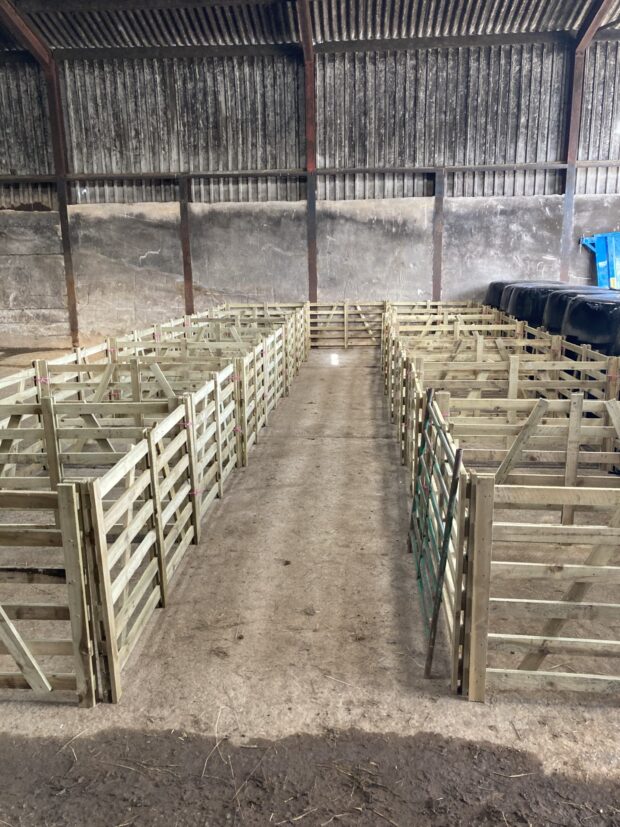
Processing the rest of a tree
Once the tree becomes too small, branchy or has other defects which make it unsuitable for sawing, you can start to use the tree for things like pulp for paper, chip wood for use in the manufacture of fibre boards like MDF or OSB (the stuff kitchens are typically made of) or firewood and biomass.
For most of these uses the assumption is the bigger the trunk, the more valuable the products will be, and this is generally true. However, there are specific instances where we might not want the tree to get too big and a much smaller size is best. A good example of this can be coppiced trees which are used to make products from smaller dimension poles for products such as wooden stakes and hurdles.
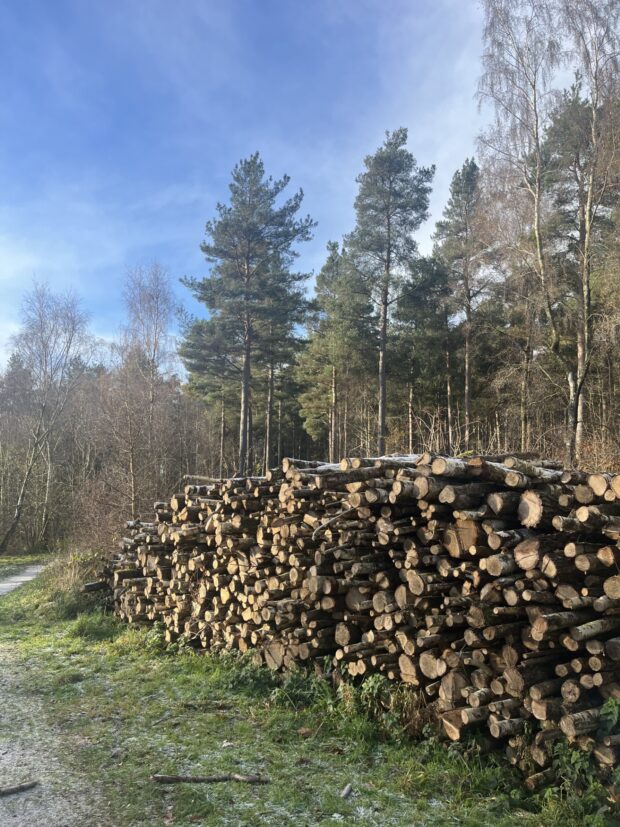
How do I know what wood products I might get from my trees?
Timber harvesting and marketing is a real skill, and it is always worth getting professional advice to value, market and harvest your timber, especially if it is being considered at any significant scale. However, it is more than possible for you to walk your woodland and get a feel for its potential.
Understanding your local market
It’s important to research local markets to understand current demand for wood products, and how those markets may develop in the future. The next thing to consider is the species you have in your woodland. Are the trees broadleaved, coniferous or a mix of both? Coniferous and broadleaved trees will have different markets.
Conifer trees
With conifers, owing to their more uniform growth, it is likely that they could produce plenty of sawn products. Lower grade material with lots of knots or bends can be sold as chipwood for fibreboard or biomass.
Broadleaf trees
With broadleaves, the quality can be far more variable, and you may find some really nice trees which could be very valuable as sawn timber, but many less uniform, poorer quality trees which might mean that markets like fencing or firewood may be more suitable. With broadleaves you may also have existing or the potential for future coppicing – something which works well in smaller woodlands.
The size and age of a tree
The next thing to consider is the size and age of the trees in your woodland. With the exception of coppice, biomass and some very niche markets, trees usually need to be 7-10cm in diameter for them to contain enough product to be worth harvesting for wood products.
The optimum size and age will also vary between species, with trees like oak often being at their most valuable when they are over 100 years in age. Softwood species like spruce can be at their optimum at around 40–50 years old with a diameter at breast height of 30-50cm. Forest Research hardwood price size curves give a good idea of how size relates to value depending on species.
The amount of timber in your woodland
The final consideration is how much timber you have overall. Whilst professional advice in timber measurement is always recommended and can be undertaken as part of the management planning process, how much of any potential product you have in your woodland is worth considering. In simple terms, the more you have of something, the more economical it will be to harvest, and it will be easier to market.
Ideally, to sell timber you need enough of a product to fill a 25-tonne timber lorry as a minimum. In smaller woodlands, with smaller volumes of timber likely to be harvested, it may be possible to process within the woodland itself, as is the case with many coppice products.
When thinking about restocking after felling or creating a new woodland, it is important to ensure a diverse range of tree species. These species should be well suited to local woodland soils and the climate to improve overall resilience. To make the most of your woodland, it’s best to consider future markets as part of this process, and how planting design and the proportion of each species planted will influence future harvesting and marketing.
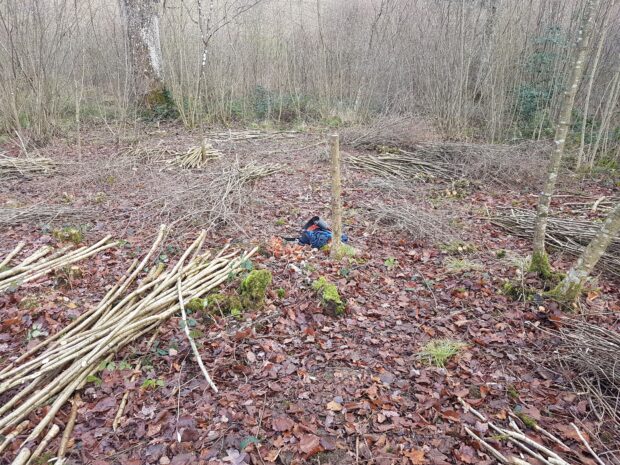
The need for a plan
Harvesting trees is a great way to help manage your woodland, generate an income and support the local economy. It can also be a great way to get hands-on in your woodland. What is really important is that any harvesting you do undertake is appropriate for your woodland and is sustainable.
For any harvesting of trees to be sustainable it should be undertaken within the context of a management plan, which ensures compliance with the UK Forestry Standard. Creating a management plan can help you to understand what resource you have, what opportunities your woodland may present, and how you may be able to improve your woodland through harvesting some of your trees.
A Forestry Commission approved management plan will also help you attain a felling licence, something which is a legal requirement in England. It is always worth seeking professional advice with this process but contacting your local Forestry Commission Woodland Officer is a great place to start.
In the next wood products blog we will look in more detail at some of the specific products your woodland can produce, and how they end up as everyday items you would recognise in your own home.
Discover more on how to produce wood products from your woodland on our Woods Mean Business and Trees to Timber GOV.UK pages.
